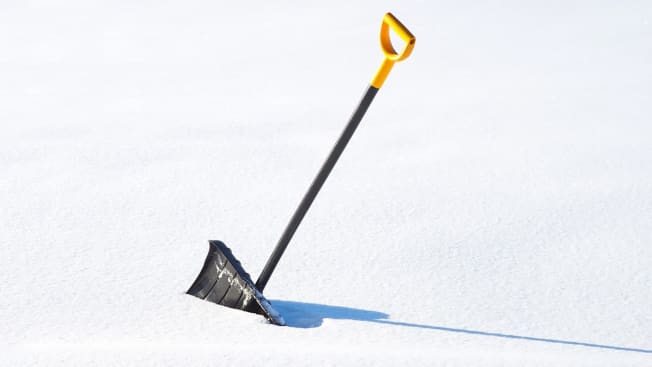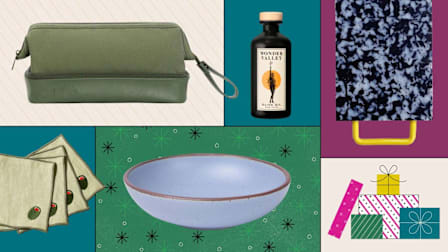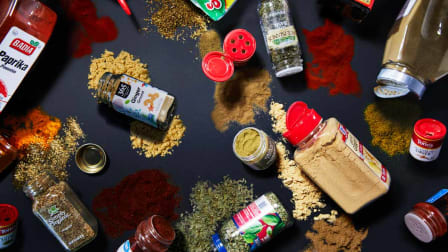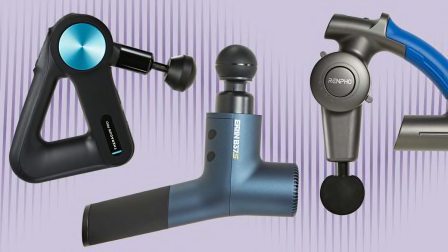Snow Shoveling Safety Tips You Need Now
This task may be surprisingly risky for some people. How to protect your health when you clean up after a snowstorm.
When you shop through retailer links on our site, we may earn affiliate commissions. 100% of the fees we collect are used to support our nonprofit mission. Learn more.

Shoveling your sidewalks and driveway after a snowstorm is more than just another annoying household chore—it can lead to aches, pains, and in some cases, serious health problems, including heart attacks.
Shoveling Snow the Healthy Way
If you have cardiovascular disease—or have other problems that might interfere with safe shoveling—get your doctor’s okay before taking on the task. For others, these steps can help minimize the health risks of snow shoveling.
Prepare properly. The AHA recommends not eating a big meal—which may put further stress on your heart—before shoveling. Skip the alcohol, too. It can dull your perception of the cold and the amount of strain your body is under.
And before you head outside, warm up with 10 minutes of light exercise, such as walking. Baxamusa advises that you do some gentle stretches as well, to limber up muscles and joints.
Dress warmly. Opt for several loose layers, and a water-resistant coat and boots, along with a hat, scarf, and mittens or gloves to protect your extremities from the cold. Try to keep your gloves dry as you shovel, Baxamusa says, because dampness limits their ability to insulate your hands.
Take it slow. Pace yourself while you work. When you can, push snow along the ground to get it out of the way, rather than lifting it. Instead of a large shovel, use a smaller one, whose lighter load will be easier to lift. If you’re using a larger shovel, fill it only partially with snow before lifting. And take frequent breaks to rest, warm yourself up inside, and rehydrate.
Use good form. When you lift snow, use the power in your legs instead of your back to avoid injury. Squat with your knees wide and your back straight; don’t bend at the waist. Rather than tossing snow off to the side or behind your shoulder, walk it over to where you want to dump the snow.
Fall-proof yourself. Wear shoes or boots with slip-resistant soles or add traction with slip-on ice cleats, available at sporting goods stores. Once your walkway is clear, consider putting down salt or sand or both.
Spotting Signs of Trouble
As you shovel, stay alert for chest pain or pressure; pain or discomfort in other parts of your upper body, such as your jaw, arms, or back; shortness of breath; or nausea or lightheadedness. These are all possible signs of a heart attack, and if you notice any of them, stop shoveling and call 911 immediately—keep your cell phone in your pocket so that you can summon help as quickly as possible.
If you start to feel muscle pain in your back, shoulders, or arms, it’s smart to stop shoveling as well and give your muscles a chance to rest, Baxamusa says.
And know the signs of cold-related illness. For frostbite, that means skin that’s red, has a white or grayish-yellow skin area, feels unusually firm or waxy, or you feel pain or numbness in the area. If you notice any of these, go inside and start slowly rewarming the affected body parts using warm (not hot) water, without rubbing.
Warning signs of hypothermia include confusion, slurred speech, shivering, arm and leg stiffness, and slow reaction times. If you suspect it, call 911 right away.
Tips to Handle a Medical Emergency
Health emergencies can happen at any time. On the "Consumer 101" TV show, Consumer Reports expert Lauren Friedman explains how you can be best prepared.
Are Snow Blowers Safer?
A snow blower may help make the physical act of removing snow easier on your body. Even so, it doesn’t remove risk entirely, and using one could still strain your heart or other muscles. Doctors have documented cases of heart attacks induced by snow blower use, and the Consumer Product Safety Commission estimates that in 2016 there were almost 18,000 doctor’s office, clinic, and emergency room visits because of injuries specifically related to snow blowers.
So take the same precautions noted above when you use a snowblower—pace yourself, take breaks, and be alert for signs of a heart attack, muscle pain, injury, or frostbite or hypothermia.
And resist the temptation to clear a snow clog from your blower’s chute by reaching your hand inside. If the blades haven’t completely stopped turning, you could severely cut or even break your fingers. “Unfortunately, that’s an extremely common occurrence,” says Baxamusa, who notes that he sees a couple such injuries after every major snowfall.
A better bet: If your snowblower gets clogged, turn it off, wait a few seconds for the blades to stop turning, then use a stick or other implement to clear the blockage. Most models come with a tool specially designed to help clear clogged chutes, according to Dave Trezza, who leads Consumer Reports’ testing of snow blowers.
Finally, be aware that even after you finish using a snow blower, you’ll probably still need to do a little bit of shoveling on stairs and other areas a blower can’t reach. Even the best snow blowers can leave a thin layer of snow behind, which you’ll need to remove by hand. And even with shoveling, you might still need to use a little salt to completely remove this thin layer, Trezza says.
Below, check out a few of our top-rated snow blowers.
Snowblowers 101
Not sure what the difference is between a single-stage and 3-stage snow blower? On the 'Consumer 101' TV show, CR expert Dave Trezza explains to show host Jack Rico everything consumers need to know about these snow-tossing machines.




















